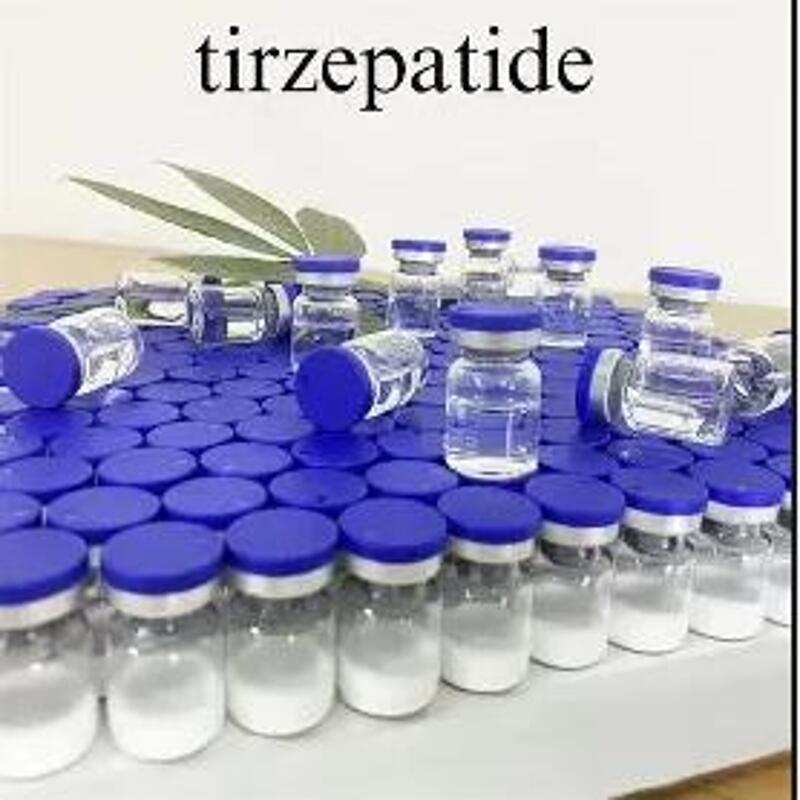What do we care about in the future? Rare disease!
-
Last Update: 2017-09-11
-
Source: Internet
-
Author: User
Search more information of high quality chemicals, good prices and reliable suppliers, visit
www.echemi.com
Source: health idea ihealth 2017-09-11 academic event on rare disease research, the 12th International rare disease and orphan medicine and the 6th China rare disease Summit Forum (icord) was held in Beijing over the weekend Top medical experts and industry representatives of rare diseases from the world and China come together, which is brilliant At the largest and highest level of rare diseases academic conference in China, it is not the voice of the domestic and international celebrities on the stage, nor the voice of the company, but the voice of the patients Their expectation for rare diseases is greatly increasing the public awareness, promoting the research and development of new drugs, attracting the attention of investors, and forming a good ecological environment for the diagnosis and treatment of rare diseases and the development of new drugs This future, because of the appeal of patients, is speeding up and stepping firmly towards us (opening ceremony of the conference The rare disease usually refers to the disease with fewer population Although the definition of rare disease has not been specified in China, the incidence rate is usually 5000 In Europe, it is defined as "low prevalence, long term weakness and life-threatening needs." The incidence rate is generally 2000 Because the number of patients with rare diseases is small and effective treatment is urgently needed, the development of rare disease drugs has become an important part of the current pharmaceutical research and development market In addition, biomedical approval departments around the world tend to open the door to such drugs For example, the US FDA is encouraging the use of drugs, biological products, medical devices, medical treatment or food to treat awesome diseases through the Orphan Products Grants Program Since 1983, this project has been a milestone of rare diseases The United States has introduced the Orphan Drug Act (ODA), and since its establishment, the orphan product grant project From then on to 2016, more than 570 new clinical studies were funded by the project In 2016, the research fund for rare disease products provided more than $350 million in funding to research institutions in 10 states and launched more than 50 products Other FDA orphan drug policies include: tax relief policy; rapid review policy; market monopoly policy, etc In China, in 2007, Article 32 of the measures for the administration of drug registration pointed out that rare diseases can enjoy the treatment of reducing the number of clinical cases and exempting from clinical treatment Special review is proposed in Article 45 Clinical trial approval is reduced from 90 working days to 80, and new drug approval is 120 working days At the weekend meeting, representatives of China rare diseases organization, including director Huang rufang of rare diseases center, called on more patients to register with China rare diseases registration system, and actively cooperated with domestic and foreign regulatory agencies, academic experts and pharmaceutical enterprises to make patients' voices better reflected in new drug research and development and treatment of rare diseases In fact, the role of patients' tissues cannot be ignored In order to enable patients with rare diseases to participate in clinical trials of new drugs as soon as possible, patient organizations are constantly calling for active efforts Spinal muscular atrophy (SMA) is such an example It's a progressive disease that affects one in 10000 babies One in 50 people in the general population is SMA gene carrier, regardless of race and gender Once both husband and wife are carriers, the probability of each birth is 25% On December 25 last year, the first new drug to treat SMA was approved in the United States, spinraza of Baijian company This antisense oligonucleotide mainly regulates the gene of motor nerve factor SMN2 It's a biological agent Many companies are conducting clinical trials, such as Roche's rg7916, which is a new drug for oral treatment of spinal muscular atrophy in infants and adults, and are conducting multiple phase II clinical trials to recruit patients in many countries At the weekend's conference, SMA patients' organization and parents of American children's SMA care center carefully and patiently explained their demands to the participants, hoping to introduce foreign approved new drugs as soon as possible, and at the same time, get the rapid review of the State Food and drug administration, so that Chinese SMA patients can participate in Roche's international multi center test In response, Gao Chenyan, director of the biology and clinical department of the National Drug Review Center (CDE), said that according to the current priority review requirements, new drugs included in the priority review of clinical and new drug registration must be publicized for 5 days first After there is no objection, it should be completed in the following month, so that it can be completed in two months (CDE R & D drug registration strategy) for new drugs entering China, the manufacturer shall make a decision whether to apply or not The urgency of SMA patients is self-evident At present, Baijian company has not made a statement Every company has its own consideration, and it must make its own decision on the investment of market and R & D The rising investment does not mean that the investment enthusiasm of rare diseases is not high, on the contrary, the attention to rare diseases is growing, and investors are actively looking for opportunities to cut in Rare diseases, especially those with clear treatment gene and relatively simple treatment, have been faced with a breakthrough in treatment In new drug sales, for example, spinraza, a drug for the treatment of spinal muscular atrophy (SMA) The new drug was approved last Christmas and will not be on the market until this year Originally, spinraza's sales were expected to be $70 million (all optimistic), but it was found that this estimate was very conservative Spinraza generated up to $203 million in revenue in the second quarter of this year (photo on website) Michel vounatsos, chief executive of Baijian company, couldn't help laughing, happily announced that spinraza could become the company's "largest commercial asset, which will shift Baijian's focus beyond (traditional) multiple sclerosis." Of course, this is closely related to the coverage of medical insurance reimbursement Without reimbursement, there will be no such impressive performance However, this strength still reveals that the potential demand for rare diseases is still huge Driven by the listing of new drugs, under the protection of the government's incentive policies, prices and medical insurance, a new round of investment boom will not be far away
This article is an English version of an article which is originally in the Chinese language on echemi.com and is provided for information purposes only.
This website makes no representation or warranty of any kind, either expressed or implied, as to the accuracy, completeness ownership or reliability of
the article or any translations thereof. If you have any concerns or complaints relating to the article, please send an email, providing a detailed
description of the concern or complaint, to
service@echemi.com. A staff member will contact you within 5 working days. Once verified, infringing content
will be removed immediately.







